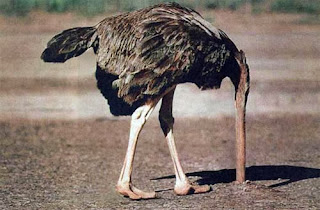Not long ago a
majority of workers worked for the same company for 20, 30 or more years. It
was a normal occurrence. At the time many of my friends were asking me how can I
shift so much and so easily from one employer to another? That was easy enough,
since nothing was “pushing me” out of a company except my curiosity and new, different
challenges. Same as today? No, not the same here. Those were different times and
different society back then.
In 2014 Hewlett-Packard
only eliminated 34,000 jobs, while JP Morgan Chase has cut 20,000 from its
workforce and JC Penney and Sprint announced cuts … In '70s and '80s, not so
long ago, a modification of labor market began and we were able to observe anti-worker
policies forming up. Nowadays a new business model (not so new any more) is
disentangling the ties between employers and employees, fueling the perception
that it is good to have employment flexibility.
In today’s business spheres
where results of globalization, outsourcing, contracting, downsizing, recession
and even natural disasters are all together killing ‘a job security’, how does
one deal with such uncertainties?
 It is well known that people
can deal with short bursts of pressure pretty good, but that chronic
uncertainty throws them in a vicious cycle of stress and fear. According to the research done by Stuart
Whitaker at the University of Cumbria, having an insecure job has a more
damaging impact on people's health than actually losing a job.
It is well known that people
can deal with short bursts of pressure pretty good, but that chronic
uncertainty throws them in a vicious cycle of stress and fear. According to the research done by Stuart
Whitaker at the University of Cumbria, having an insecure job has a more
damaging impact on people's health than actually losing a job.
When we do not know
whether we’ll have a job next year or, even worse, next week, how do we plan
the life? Could we consider a loan to buy a house, start family or save for
college or save for retirement? In the face of job insecurity, thoughts like these
bring only panic and more pressure. Can we still spend with easiness if we are
so insecure for the jobs we have?
When people fear that the
world around them will fall apart, when our future becomes foggy, when feelings
of powerlessness paralyze us, we tend to start to flip out. We pile on more
work than we can handle, we are afraid to take sick leaves. Some people start
to function on drugs, coffee, cigarettes, alcohol and other substances. We drop everything that is good for us – we
stop to care for our physical well-being, we stop practicing, we do not have
fun with friends or have and enjoy vacations and so on.


























